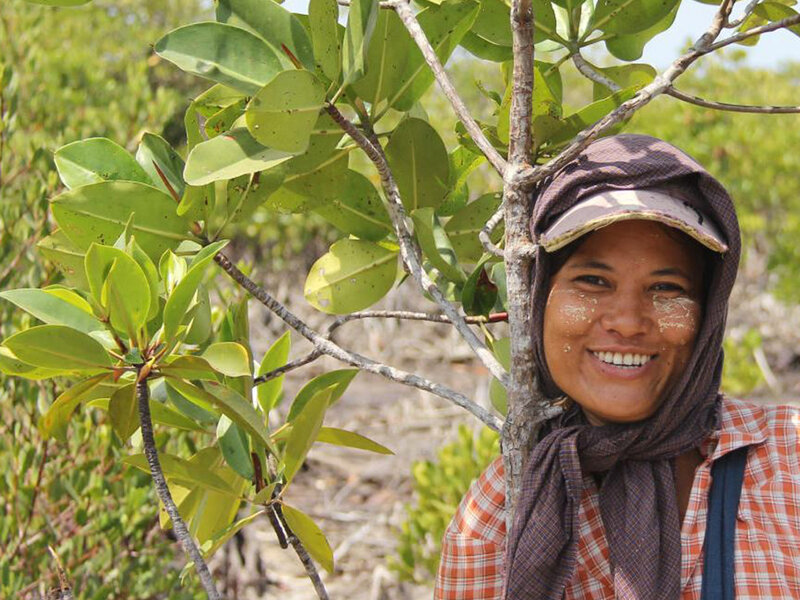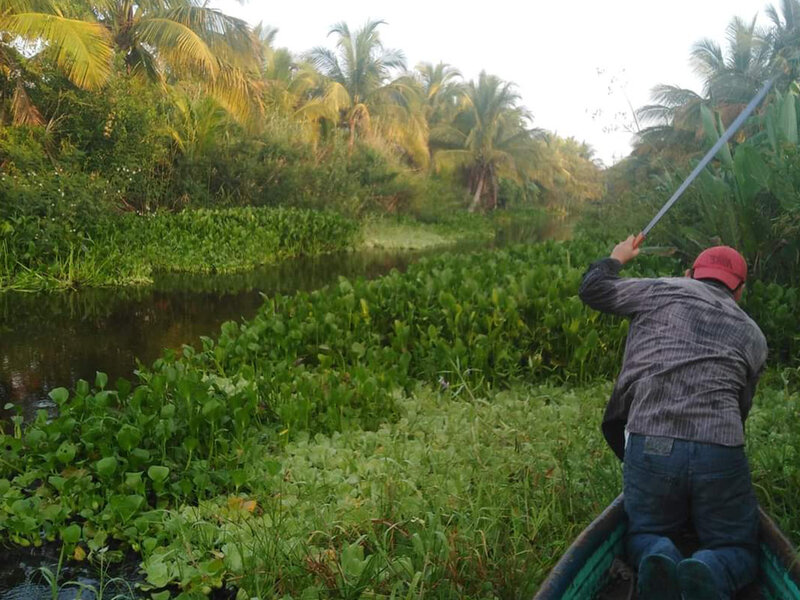Blue Carbon refers to all biologically-driven carbon fluxes and storage in marine systems that can be managed. Coastal blue carbon focuses specifically on rooted vegetation in the coastal zone, such as tidal marshes, mangroves, and seagrasses. These ecosystems are known for their high carbon burial rates and ability to accumulate carbon in their soils and sediments.

FINANCE BLUE CARBON PROJECTS
Coastal ecosystems account for a significant portion of carbon sequestration, capturing and storing millions of tons of CO2 annually. Make financing these blue carbon projects part of your holistic corporate climate strategy.



